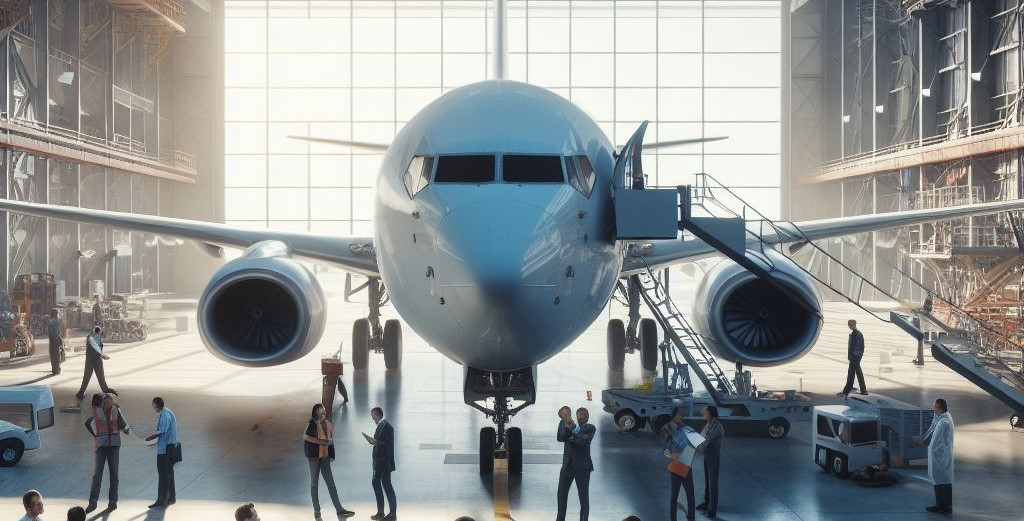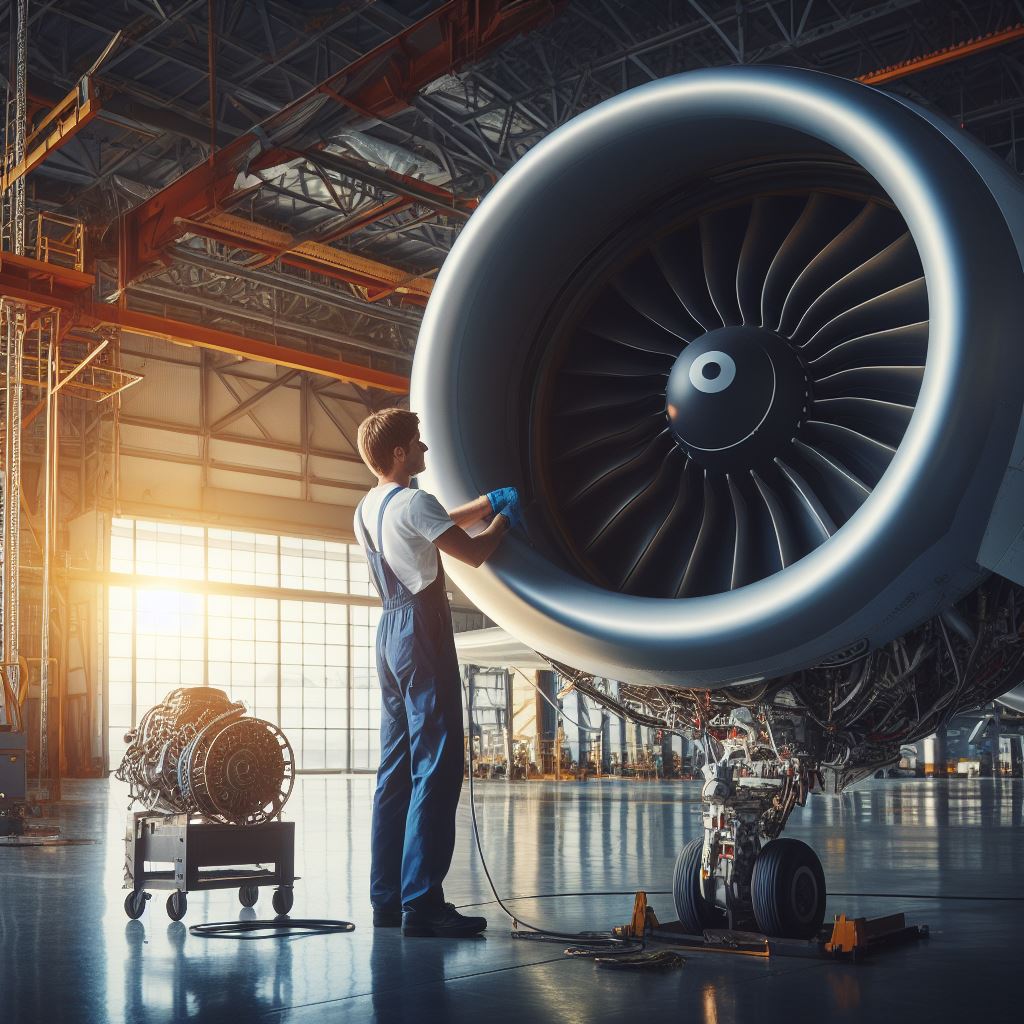The Path to CAMO: Training and Competence in Aircraft Maintenance Management

I am frequently asked the question, “What kind of training do I need to sit for to work in a Continuing Airworthiness Management Organization or CAMO, or in aircraft maintenance planning and management?”.
It is important to note that there is no universally standardized answer to this question, as the necessary training varies significantly based on several key factors, which include:
- Accumulated experience in the field of Aircraft Maintenance and Engineering.
- Possession of formal qualifications, if applicable.
- Familiarity with the aviation regulatory framework applicable to the specific country or territory where employment is sought.
- Proficiency in the use of software tools employed in CAMO operations.
It is essential to recognize that an individual’s background plays a pivotal role in determining the specific training requirements, which may differ from one person to another.
In the context of the European Union Aviation Safety Agency (EASA) regulations, Annex Vc of EU Regulation 1321/2014 (Part-CAMO) delineates competency as follows:
“Combination of individual skills, practical and theoretical knowledge, attitudes, training, and experience.”
To engage effectively in CAMO and Aircraft Maintenance Management related roles, it is imperative not only to undergo training but also to attain a state of competence. As discerned from the aforementioned definition, training constitutes a fundamental element in achieving competency.
In this blog post, I will briefly explain what is CAMO and delve into the prevalent training prerequisites essential for acquiring competence in the realms of CAMO and aircraft maintenance management and planning.
What is Aircraft Airworthiness and how is this achieved?
CAMO, an acronym for Continuing Airworthiness Monitoring Organization, has a fundamental responsibility: to guarantee that an aircraft in operation meets the following key criteria:
- Safety;
- Reliability;
- Proper Maintenance as per the approved maintenance program;
- Compliance with all pertinent Airworthiness Directives;
- Adherence to all applicable airworthiness rules and regulations;
- Has a compliant Airworthiness records system;
Consequently, CAMO engineers are entrusted with the ongoing task of vigilantly monitoring aircraft throughout their service lifespan and undertaking requisite actions to uphold these standards.
How do you manage Aircraft Maintenance?
CAMO engineers and maintenance planners must possess a comprehensive understanding of contemporary maintenance philosophies and methodologies as a fundamental requirement. Aircraft maintenance is a complex undertaking, necessitating a clear grasp of the objectives associated with it.
The aviation industry operates within a highly regulated framework on a global scale. Each facet of aviation is governed by meticulously developed rules and regulations that continually evolve to ensure the safety and quality of air travel for the general public. Aircraft maintenance is no exception, underscoring the importance of CAMO engineers’ competence in comprehending the aviation regulatory framework that governs airworthiness.
Aircraft maintenance follows a systematic approach. Prior to an aircraft entering into service, the responsible CAMO is tasked with formulating an Aircraft Maintenance Program (AMP). This program defines the maintenance prerequisites and adopted philosophies, aimed at preserving the aircraft’s airworthiness. The AMP is typically subjected to thorough scrutiny by competent Airworthiness Authorities.
Additionally, a reliability program accompanies the AMP, designed to ensure the adequacy and correctness of aircraft maintenance procedures in line with the operational conditions the aircraft encounters. CAMO engineers bear the responsibility of ensuring strict adherence to the maintenance requirements outlined in the AMP at all times and keeping the AMP up-to-date to maintain its relevance and effectiveness.
How do you plan Aircraft Maintenance?
Aircraft maintenance must be meticulously scheduled and tailored to align with aircraft operations. An optimized aircraft maintenance plan serves to maximize an aircraft’s time in active service. Ultimately, aircraft generate revenue solely when they are actively in operation, making it imperative to minimize maintenance ground time.
The approach to aircraft maintenance planning is not one-size-fits-all, as it diverges from one operator to another based on factors such as the aircraft’s type, size, and the complexity of flight operations.
Depending on the nature of the planned maintenance, specific preparatory activities are necessary well in advance before an aircraft is scheduled for maintenance.
Within the CAMO, there exists a need for both short-term and long-term maintenance forecasts. It is critical that, prior to initiating an aircraft overhaul, the CAMO identifies a Maintenance and Repair Organization (MRO) authorized to conduct the maintenance event. This process entails establishing an agreement between the MRO and CAMO, followed by a series of preparatory steps aimed at ensuring the seamless execution of the required maintenance.
What are the basic requirements to work in a CAMO?
It is imperative that the concerned engineer or individual possesses a comprehensive grasp of the following key aspects, though this list is not exhaustive and should be considered foundational:
- Profound familiarity with Aircraft Maintenance practices, philosophy, and methodology.
- A solid comprehension of the relevant Aviation rules and regulations, particularly those stipulated in EU regulation 1321/2014 for the European Union.
- A sound grasp of the principles underpinning Aircraft Maintenance program development and compilation.
- Proficiency in the creation of Task Cards and Engineering Instructions, including effective writing techniques.
- Competence in managing Aircraft Airworthiness Record Systems.
- A clear understanding of Aircraft Maintenance Planning and Scheduling concepts.
- Insight into the dynamics of Line and Base maintenance operations.
- A fundamental awareness of aircraft reliability and monitoring.
- Familiarity with the functioning of modern maintenance tracking systems.
Are there any training programmes that can help with the above?
Aircraft Maintenance Management training program, available on Raven.aero, has been thoughtfully designed to furnish you with the essential knowledge required for a career in CAMO and Aircraft Maintenance Management. It offers participants the chance to gain a holistic perspective and acquire the vital skills needed to step into the captivating and intriguing realm of Aircraft Maintenance.
For further inquiries or additional information, please feel free to reach out at sales@raven.aero.







Responses